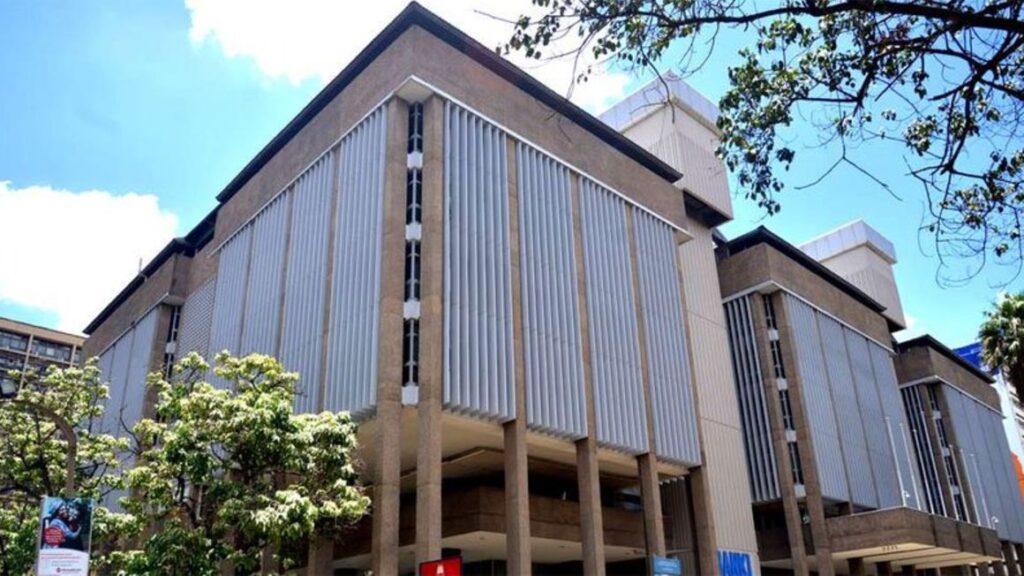
Kenyans living abroad sent home Ksh 39.4 billion ($339.7 million) last month compared to Ksh 41.2 billion ($355 million) sent in April 2022 as remittance inflows reduced 4.4pc.
This comes on the backdrop of a warning from the World Bank last month stating that uncertainty and risks in the outlook for remittances to Africa this year through next year are exceptionally high against the background of global conditions affected by the Russian invasion of Ukraine.
“Higher oil prices will dominate external accounts for the 36 net oil-importing countries of Sub-Saharan Africa, and expectations of deeper current account deficits and worsening debt positions are widespread,” said the World Bank.
Kenya is a net oil importer accounting for 20pc of the country’s import bill.
This is the second consecutive month that remittance inflows have fallen since registering a record Ksh 41.8 ($363.6 million) in March this year.
Nonetheless, cumulative remittances inflows in a year to May this year have risen 18.6pc to Ksh 459.1 billion ($3.992 billion) when compared Ksh 387 billion ($3.365 billion) over the same period last year.
Similarly, there was a 7.6pc increase in remittance inflows in May 2022 when compared to Ksh 36.3 billion ($315.8 million) in May 2021.
“The strong remittances inflows continue to support the current account and the stability of the exchange rate. The US remains the largest source of remittances into Kenya, accounting for 57pc in May 2022,” said CBK.
Kenya is among top recipients in Sub-Saharan Africa where remittances inflows increased 14.1pc to $49 billion (Ksh 5.6 trillion) in 2021.
Last year, Nigeria was the top remittance recipient with $19.2 billion followed by Ghana with $4.5 billion and Kenya $3.7 billion according to the Migration and Development Brief by the World Bank.
The cost of sending $200 to the region averaged 7.8pc in the fourth quarter of 2021, a small decline from 8.2pc a year ago.
Remittance inflows are projected to grow by 7.1 percent as commodity prices continue to rise.
“Migrants will likely send more money to home countries that are now suffering extraordinary increases in prices of staples,” said the World Bank.






